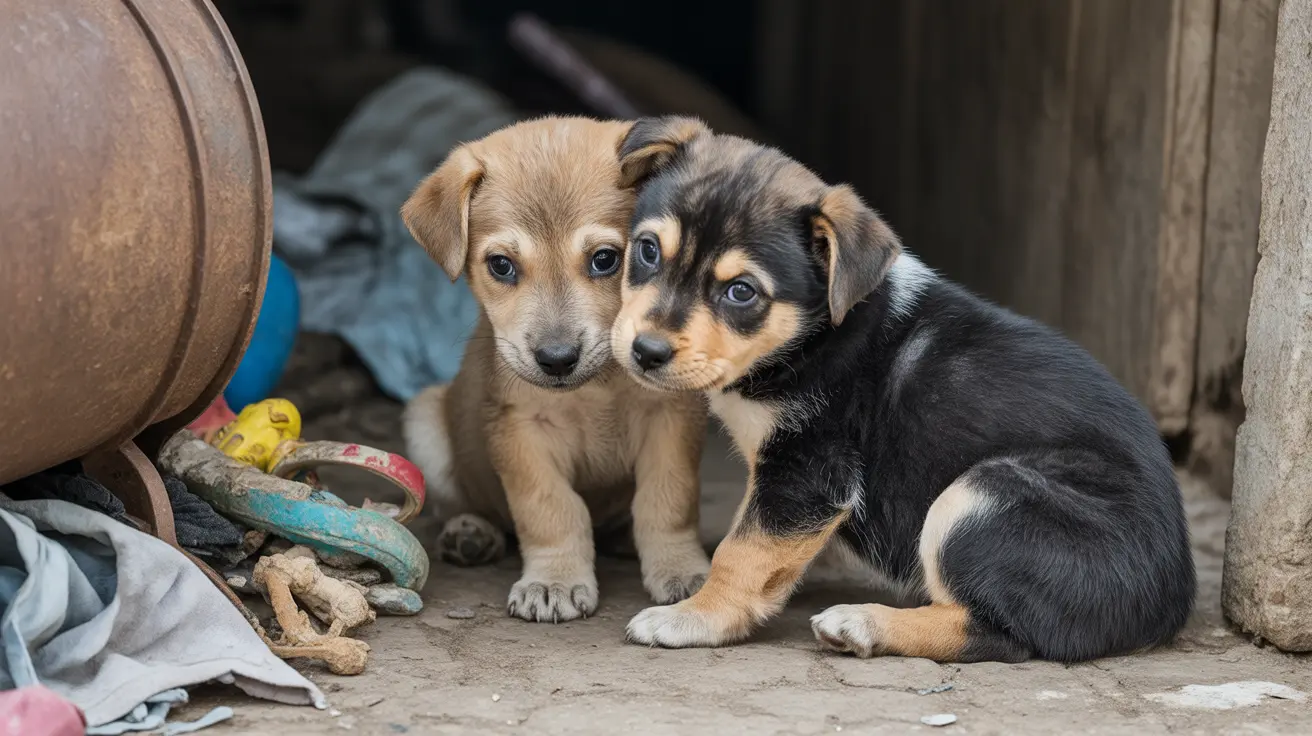Understanding Animal Hoarding and Its Impact
Animal hoarding represents one of the most severe forms of animal neglect and abuse, characterized by individuals accumulating far more animals than they can properly care for. The consequences are dire, with animals frequently suffering from malnutrition, disease, and severe psychological trauma.
Signs of Animal Hoarding
- Overwhelming odors from animal waste
- Multiple animals in confined spaces
- Poor living conditions for both animals and humans
- Visible signs of animal illness or distress
- Denial or minimization of the problem by the hoarder
Mental Health and Animal Hoarding: A Complex Connection
One of the most challenging aspects of addressing animal hoarding is its strong connection to mental health issues. Hoarding disorder and pets often go hand in hand, with the affected individuals genuinely believing they are helping the animals despite evidence to the contrary.
Animal Welfare Rescue Teams in Action
When cases of animal hoarding are discovered, specialized rescue teams mobilize quickly to address the situation. These operations require careful coordination between multiple agencies:
- Law enforcement
- Veterinary professionals
- Animal welfare organizations
- Mental health specialists
- Community support networks
Animal Cruelty Prevention Education
Prevention remains a crucial component in combating animal hoarding. Educational initiatives focus on:
- Recognizing early warning signs
- Understanding proper pet care requirements
- Knowledge of animal cruelty laws
- Resources for seeking help
- Community reporting procedures
Community Reporting Animal Abuse
Communities play a vital role in preventing and addressing animal hoarding situations. Early intervention often depends on alert neighbors and concerned citizens who recognize and report potential cases to the appropriate authorities.
Frequently Asked Questions
What signs should I look for to identify if someone is hoarding animals?
Common signs include animals living in overcrowded, unsanitary conditions; visible malnutrition or illness in animals; strong odors of feces and urine; cluttered living spaces; and the person being unaware of how many animals they have or lacking the ability to care for them properly.
How do animal rescue teams handle large-scale hoarding cases with hundreds of animals?
Rescue operations involve coordination with law enforcement and veterinarians, setting up temporary shelters, providing immediate medical care, documenting evidence for legal cases, and collaborating with shelters and foster networks to rehabilitate and rehome animals.
Is animal hoarding considered a mental health disorder, and how does that affect intervention?
Yes, animal hoarding is linked to mental health issues, including compulsive hoarding behaviors and sometimes dementia. This often requires integrated intervention involving mental health professionals alongside animal welfare agencies to reduce recurrence and support both the animals and the hoarders.
Taking Action Together
The challenge of animal hoarding requires a compassionate, multi-faceted approach that addresses both the immediate needs of affected animals and the underlying issues facing hoarders. By staying informed, remaining vigilant, and supporting animal welfare organizations, communities can work together to prevent and address these devastating situations.
Remember, if you suspect an animal hoarding situation in your community, don't hesitate to contact local animal control or law enforcement. Early intervention can make the difference between life and death for vulnerable animals trapped in hoarding situations.






